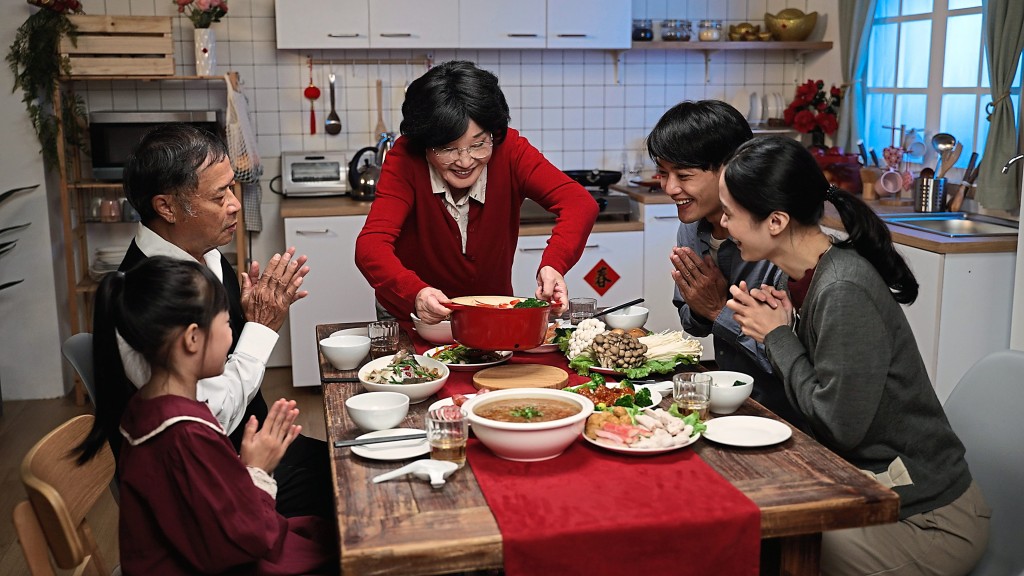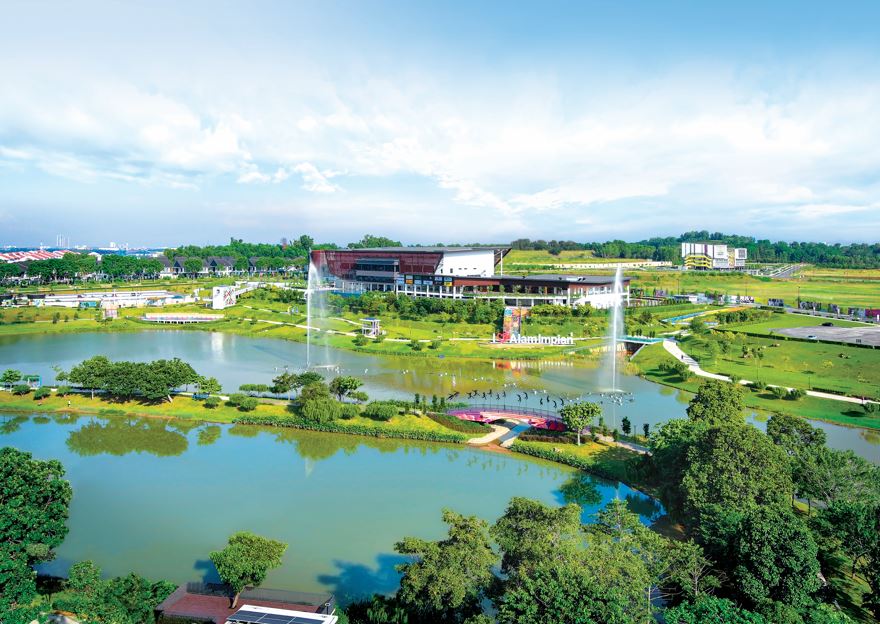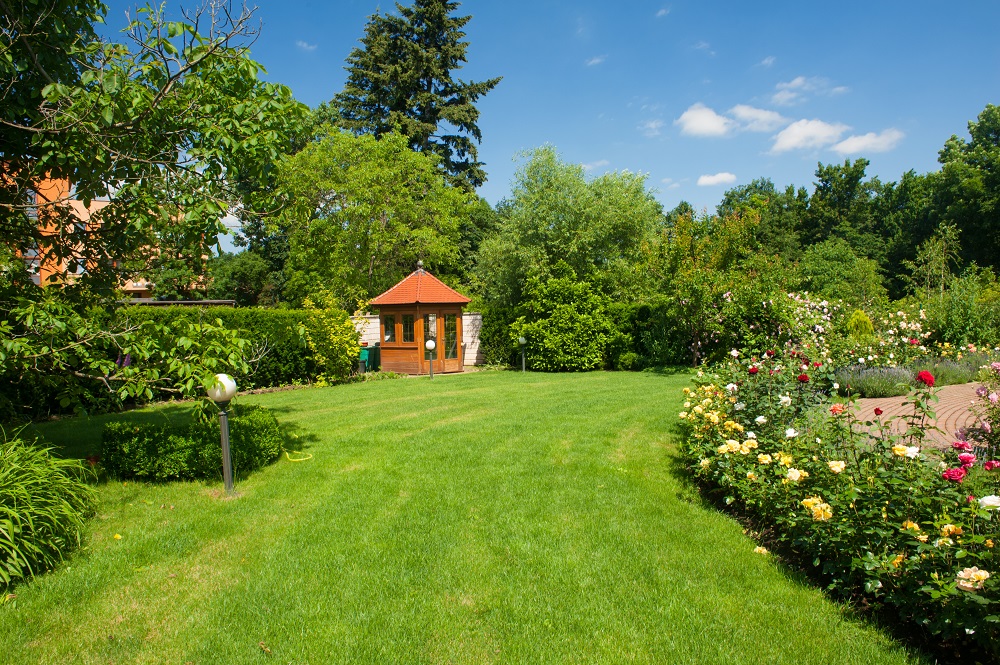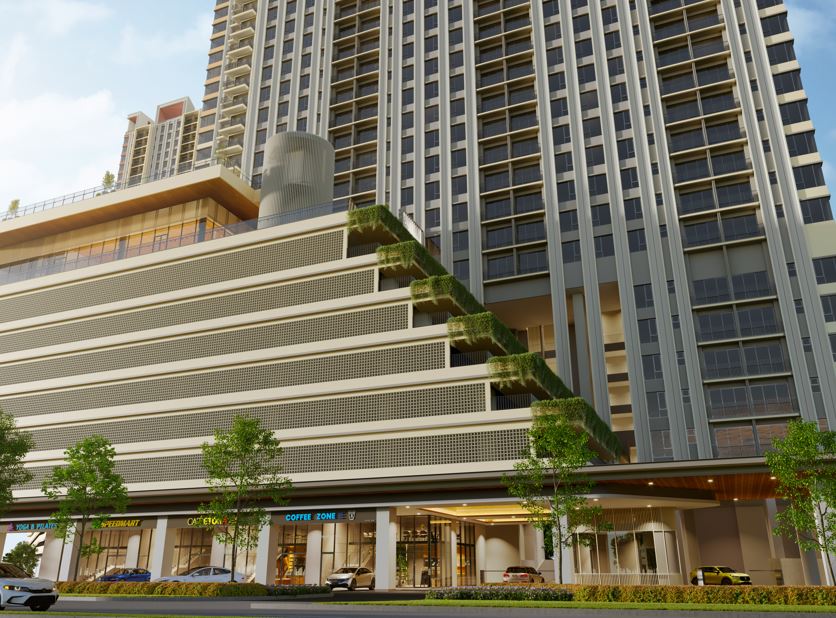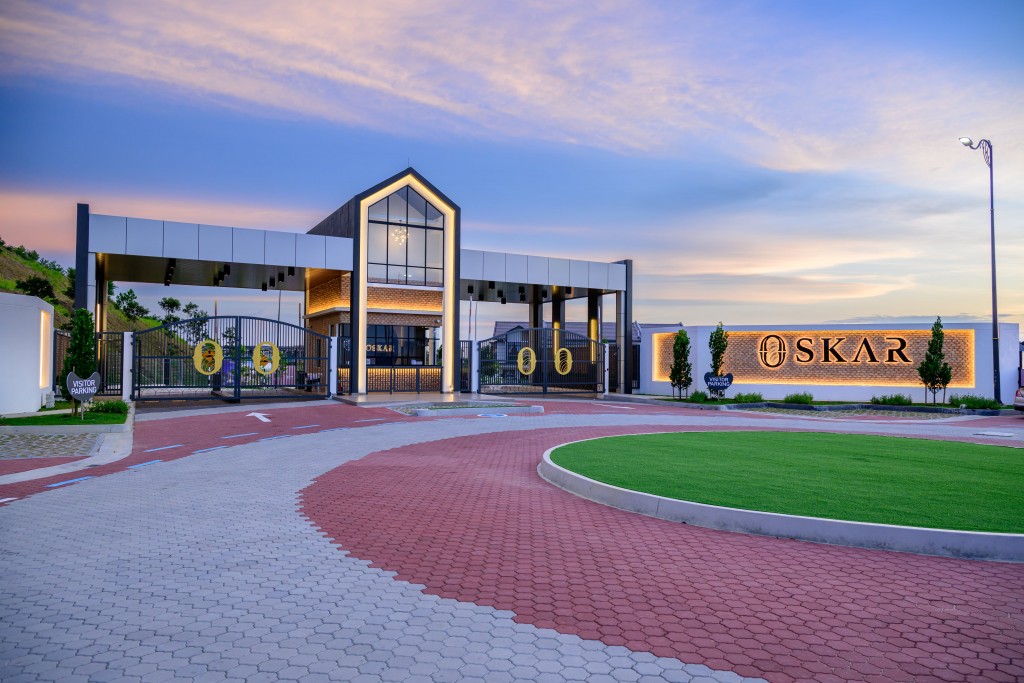Family-oriented houses and their latest trend
Contributed by Alif Arif Iskandar Abd Wahab
Family-friendly properties are an essential aspect of modern architecture, especially in Malaysia, where family values are deeply ingrained. With more families opting to live together, architects are designing houses that cater to sustainable multi-generational living, open-plan living and flexible spaces. As a home owner, there are also many ways you can improve your house to suit the latest trend in family-oriented houses. In this article, we will delve into the many components that should make a good family-oriented house.
When designing a family-oriented house, the layout is an essential aspect to consider. The layout should cater to the needs of different generations and lifestyles while promoting connectivity and togetherness. A good layout should ensure that family members have their own space and privacy while also providing communal spaces for family time.
One of the main challenges in designing a family-oriented house is how to create a space that allows family members to be together while still providing privacy. To achieve this, architects are designing houses with separate living spaces and shared spaces. For example, having a separate living room and a family room can provide a space for adults to relax while the kids can play in the family room.
Incorporating an open-plan layout can also promote connectivity and togetherness. An open-plan layout combines the kitchen, dining and living areas into one space, allowing family members to interact and communicate while going about their daily activities.
Another important consideration is how to design a house that allows the kids to be seen while ensuring their safety. This can be achieved by incorporating sight-of-line designs such as using glass walls or low partitions to allow parents to keep an eye on their children while they play.
Kitchen Planning
The kitchen, especially in Asia serves as the social hub of the house and is where family members meet to share meals and bond. Therefore, it is crucial to make sure the kitchen is designed and planned effectively.
The layout is a crucial consideration when planning a kitchen. There should be enough room for family members to walk around and work in a kitchen arrangement that promotes movement and fluidity. The idea of the work triangle, which entails arranging the refrigerator, sink and stove in a triangle arrangement to create an effective workplace, is advised to be used.
Storage is also another crucial factor. The kitchen needs to have enough space for all the tools, utensils and food products that are required. In addition to offering plenty of storage space, built-in cabinets and drawers can keep the kitchen tidy and organised.
It is crucial to pick sturdy and simple-to-maintain solutions for materials and finishes. For instance, granite or quartz countertops are very strong and resistant to heat, stains and scratches. Glass or tile backsplashes are simple to maintain and can give the kitchen a sense of beauty.
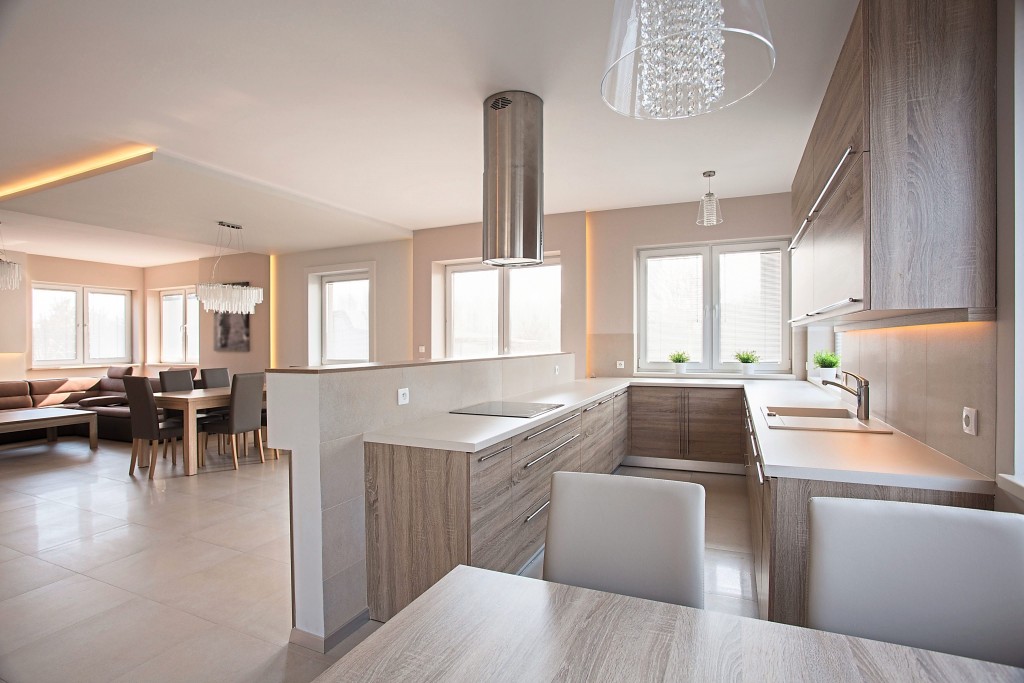
Most modern homes uses an open-concept design to allow sight-of-line visibility for greater interaction.
Storage spaces
Finding enough storage space for the entire family's possessions is one of the major issues in homes that prioritise families. Family members tend to accumulate a lot of possessions and it is important to have adequate storage to prevent clutter and maintain a clean living environment. However, with careful planning and design, adequate storage space can be produced without detracting from the home's overall appeal.
Including built-in storage options in the design is a useful tactic. For instance, built-in cabinets and shelves can be used to add storage space in disused or challenging spaces, like alcoves or beneath staircases.
Utilising furniture with several uses that double as storage is another tactic. For instance, a bench with storage built in can serve as seats and storage space for shoes, toys, and other goods.
Integrating built-in storage into the home's walls is a common storage solution. This can be accomplished by utilising shelving, cabinets, or niches that elegantly integrate into the wall. Making storage that is concealed behind moveable walls or screens, under stairs, or elsewhere is another storage option.
It is also important to take into account the kind of storage needed for various generations. Older generations, for instance, need extra space for clothing and should be located ideally at waist height and up to 1.5m only to ensure more ergonomic access.
Second living spaces and playroom
Having areas in family-centred houses where kids may play and family members can unwind is vital. Playrooms or additional living quarters can serve as the perfect location for this.
These areas should be built with comfort and functionality in mind, with plenty of seating options and long-lasting, cleanable materials. To ease simple access and encourage family members to use them, it is also crucial to make sure that these areas are situated in a key section of the house. This is particularly important in homes where the living room may be reserved for more formal gatherings or entertaining guests.
The second living space or playroom should be designed with the needs of children in mind. It should be a space where they can play and engage in creative activities, without fear of damaging expensive furniture or decor. It should also be a space where they can easily access toys, books, and other activities.
When designing a playroom, it is important to consider the layout and the materials used. The space should be bright and inviting, with plenty of natural light and ventilation. It should also be designed to be safe and child-friendly, with soft flooring, rounded edges on furniture, and easy-to-reach storage for toys and other items.
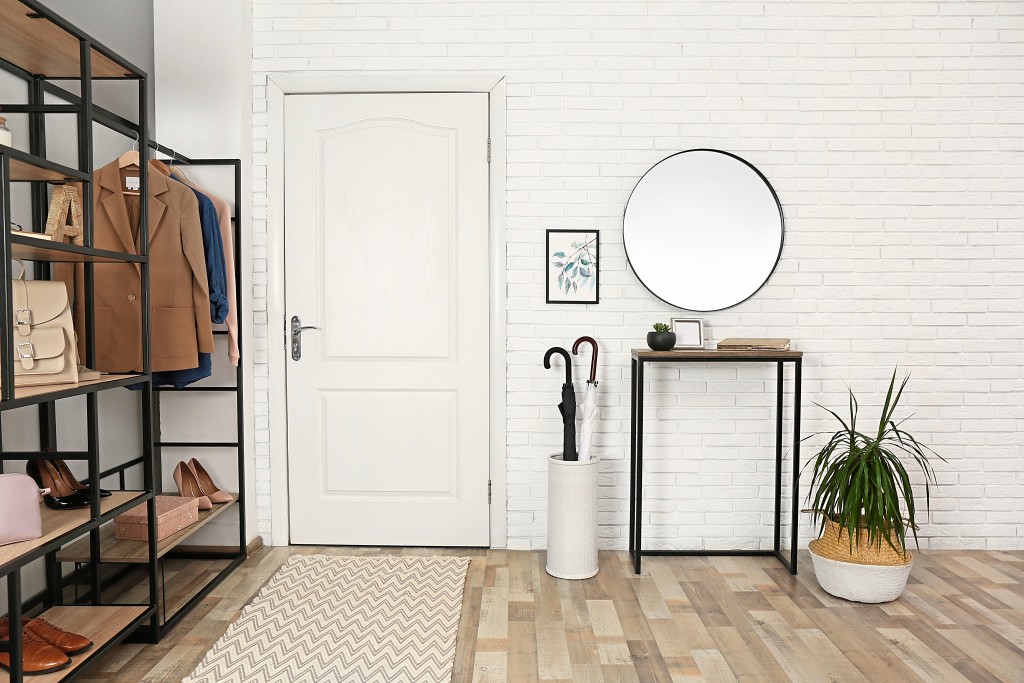
A practical entrance should provide a convenient space for family members to place their shoes, umbrellas and bags.
Practical entrances
In family-oriented homes, the entrance to the home is an essential area that requires careful planning and design. A practical entrance should provide easy access to the home while also creating a sense of warmth and welcome.
One effective strategy is to incorporate a separate foyer into the entrance design. A foyer can provide a convenient space for family members to store their shoes, hats, caps, umbrella, and bags, keeping the rest of the home clean and organised.
Lighting should be given extra consideration. The entrance should be well-lit to ensure safe and easy access, with the use of natural lighting where possible to create a welcoming and inviting atmosphere.
The entrance should also be practical and welcoming, providing easy access for all family members and guests.
For example, if there are young children or elderly family members, it may be important to include a ramp or step-free entrance. The entrance should also be well-lit and easily visible from the street or driveway.
Practical facilities
It is essential to consider the needs of families living in high-rise apartments or stratified landed housing when designing communal facilities in new developments. To cater to a diverse range of generations, it is necessary to provide a variety of amenities that go beyond the basic offerings.
In addition to swimming pools, barbecue pits, and multi-purpose halls, it is important to include facilities that cater to the specific needs of each generation. For example, a safe and unique playground with suitable flooring is crucial for the younger generation, and it would be ideal to have a covered area that provides natural lighting and ventilation to make it usable in all weather conditions.
For young adults, a dedicated space with reliable wifi connections and bright lighting is essential for studying or attending online classes without distractions.
For the older generation, facilities that allow for leisurely walks in nature and quiet areas for meditation and contemplation with breathtaking views are crucial. Providing private plots in communal gardens for homeowners to grow plants or vegetables is also an excellent way to foster community interaction and create a more sustainable living environment.
By providing a diverse range of communal facilities that cater to the different generations living in new developments, we can create a unique selling point that sets the new project apart from the competition and ensures its success.
Sustainable living
In today's world, sustainability is an essential consideration in home design. Homes geared towards families should be built sustainably to reduce their negative effects on the environment and to encourage eco-friendly living. Sustainable living means using resources responsibly, reducing waste, and protecting the environment.
There are many ways to incorporate sustainable living into a family-friendly home. For example, the home can be designed to use natural light and ventilation, reducing the need for artificial lighting and air conditioning. Energy-efficient appliances and fixtures can also be used, reducing energy consumption and saving money on utility bills. It is essential that the house should be built to consume as little energy as possible.
The usage of sustainable and local materials is another consideration. Sustainable building materials can be used to design a lovely, environmentally responsible home that is good for the earth. Examples include bamboo and repurposed wood.
Other than sustainable materials, the materials and finishes used should be durable, easy to maintain, and safe for all family members.
For example, it may be important to choose the flooring that is slip-resistant and easy to clean, especially in areas such as the kitchen and bathroom. Paint and other finishes should also be chosen carefully, taking into consideration the potential for stains and damage from children and pets.
Design with the future in mind
Finally, when designing a family-friendly home, it is important to think about the future. The home should be able to accommodate the changing needs of the family over time, with flexible and adaptable spaces that can be easily modified as required. A family's needs and circumstances can change over time and the home should be designed to accommodate these changes.
For example, if there are plans to have more children or if elderly family members may come to live in the home in the future, it may be important to design the home with additional bedrooms or a ground-floor bedroom and bathroom.
Flexibility is also key when designing a family-friendly home. Spaces should be designed to serve multiple purposes, such as a guest room that can also be used as a home office or a playroom that can be converted into a study or music room as children grow older.
Careful planning and consideration of the requirements and preferences of every family member are necessary when designing a family-friendly home. Every aspect of the house should be planned to promote comfort, safety, and functionality, from the floor plan and kitchen layout to the storage areas and finishes.
Architects and homeowners may design homes that not only satisfy the demands of families today but also have the adaptability to meet changing needs in the future by taking these factors into mind. A family-friendly house can be a place of warmth, joy, and closeness for many years to come with the correct design.

Alif Arif Iskandar Abd Wahab is a director of VERITAS Design Group and has extensive experiences in many landmark and award-winning projects enabling him to develop a keen sense of aesthetics that marries form, function and buildability.
Stay ahead of the crowd and enjoy fresh insights on real estate, property development, and lifestyle trends when you subscribe to our newsletter and follow us on social media.


